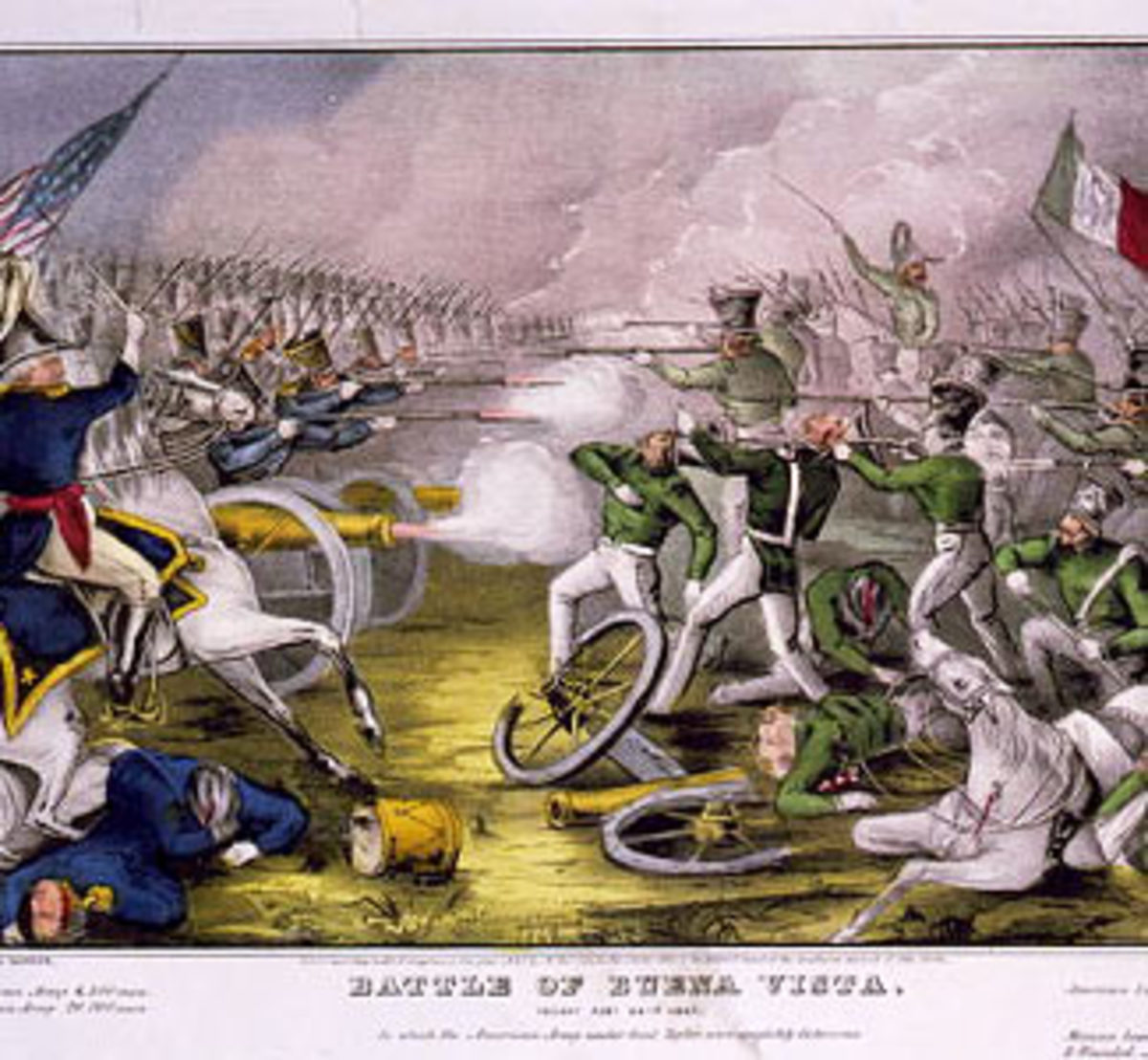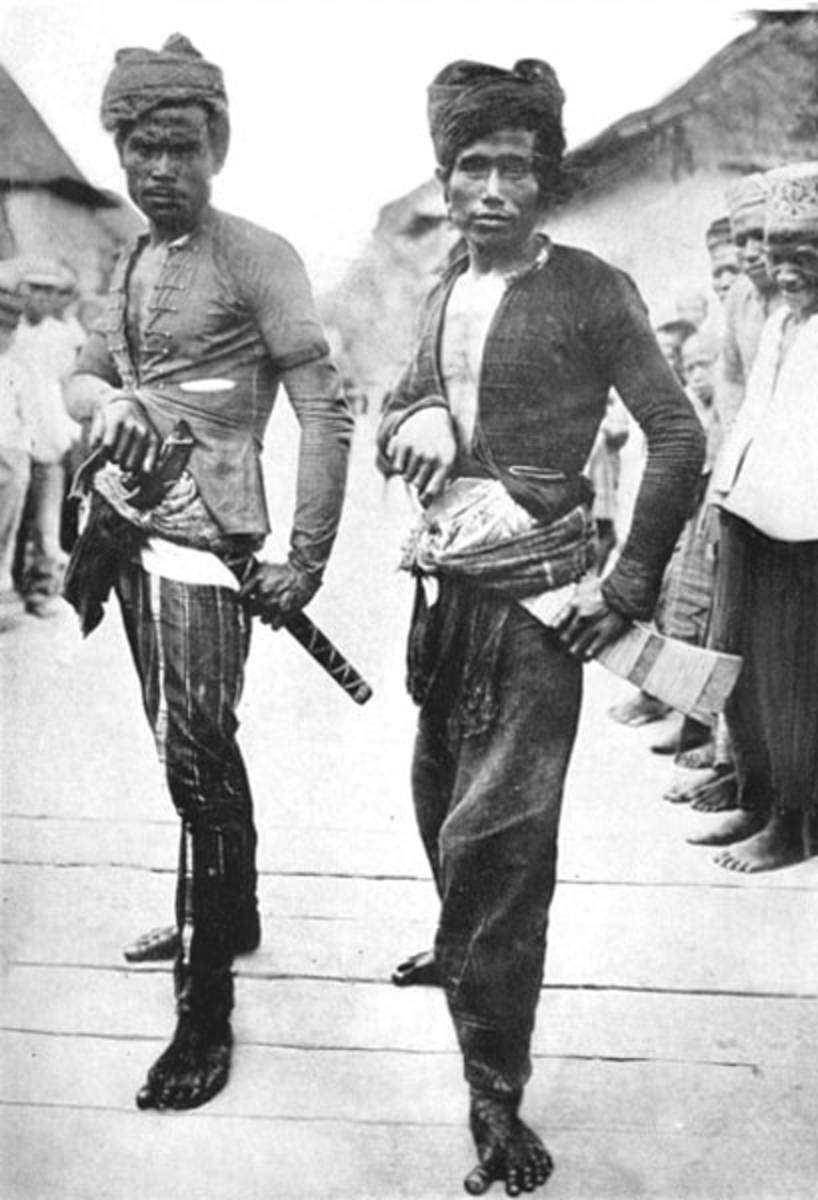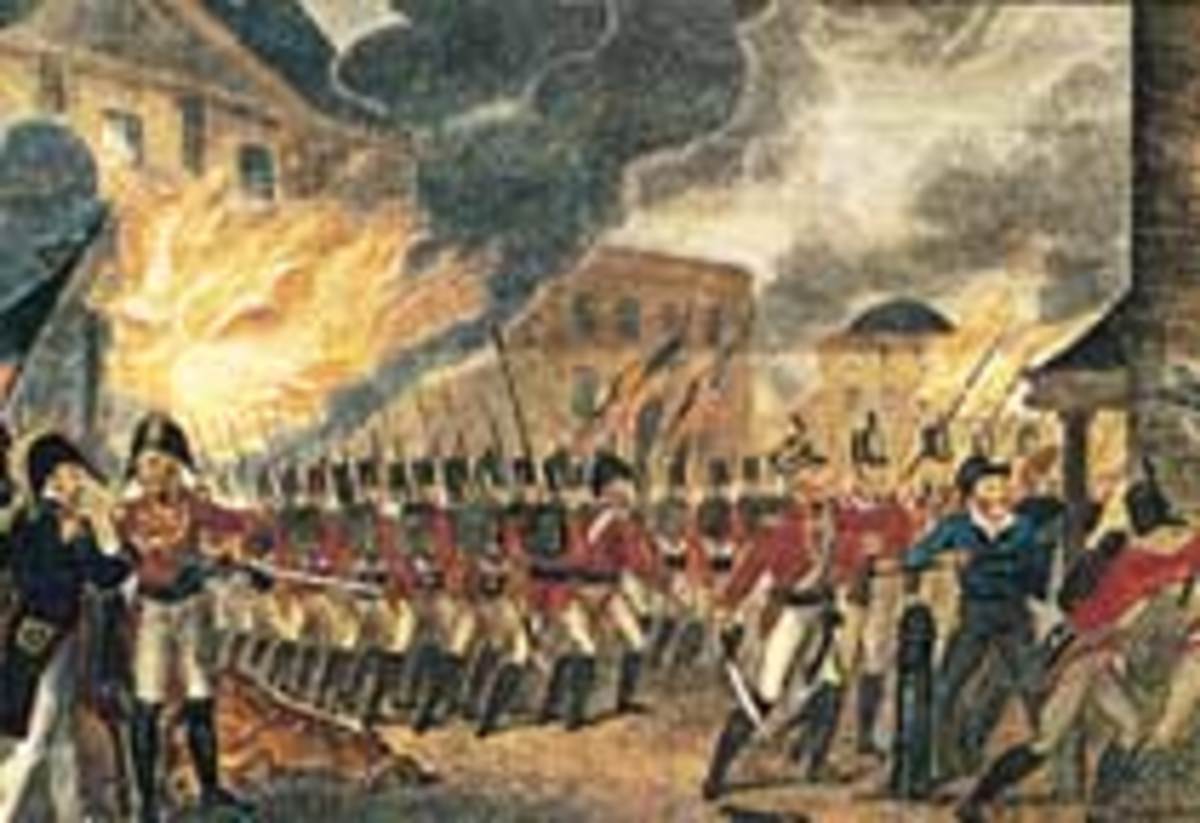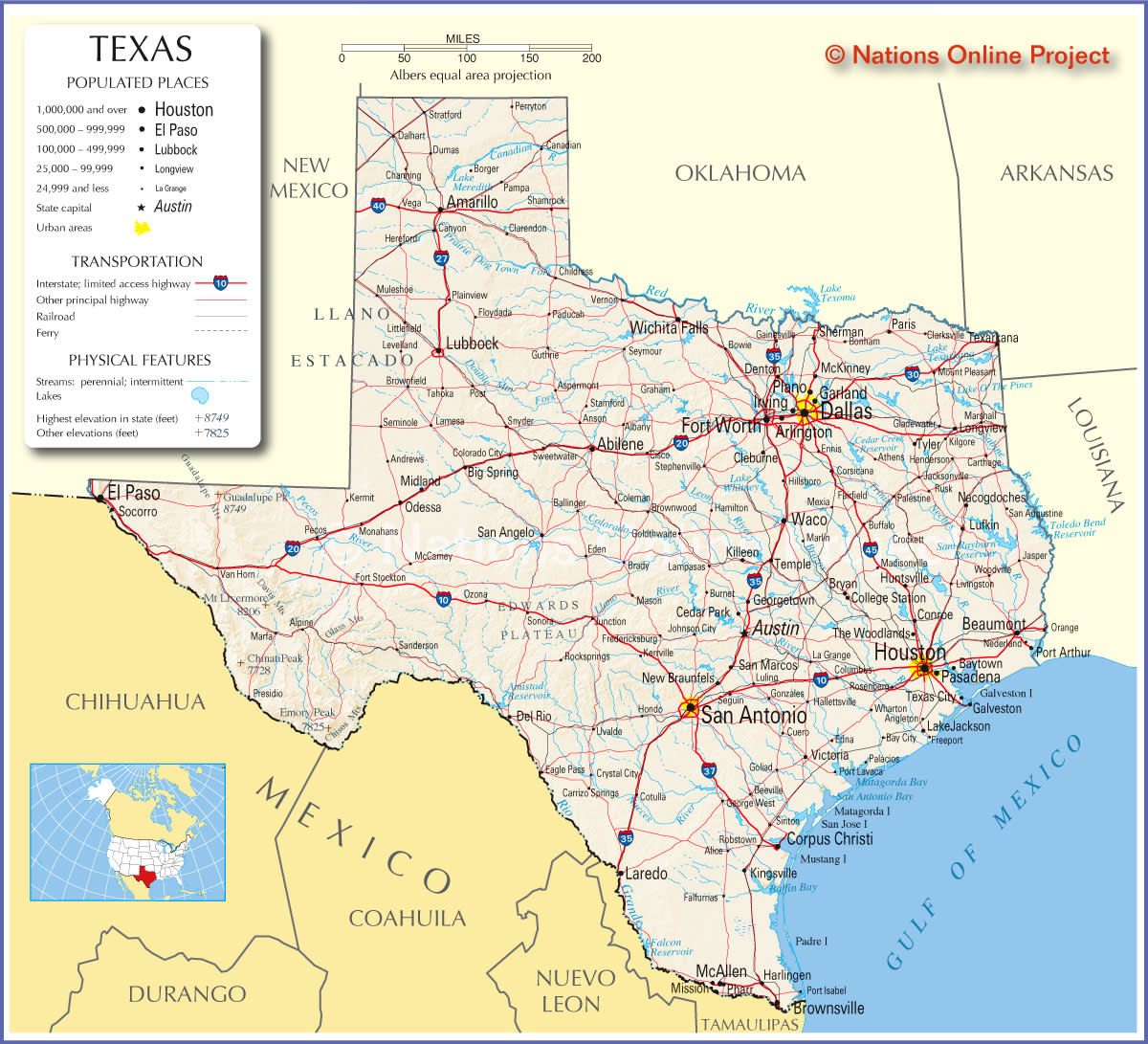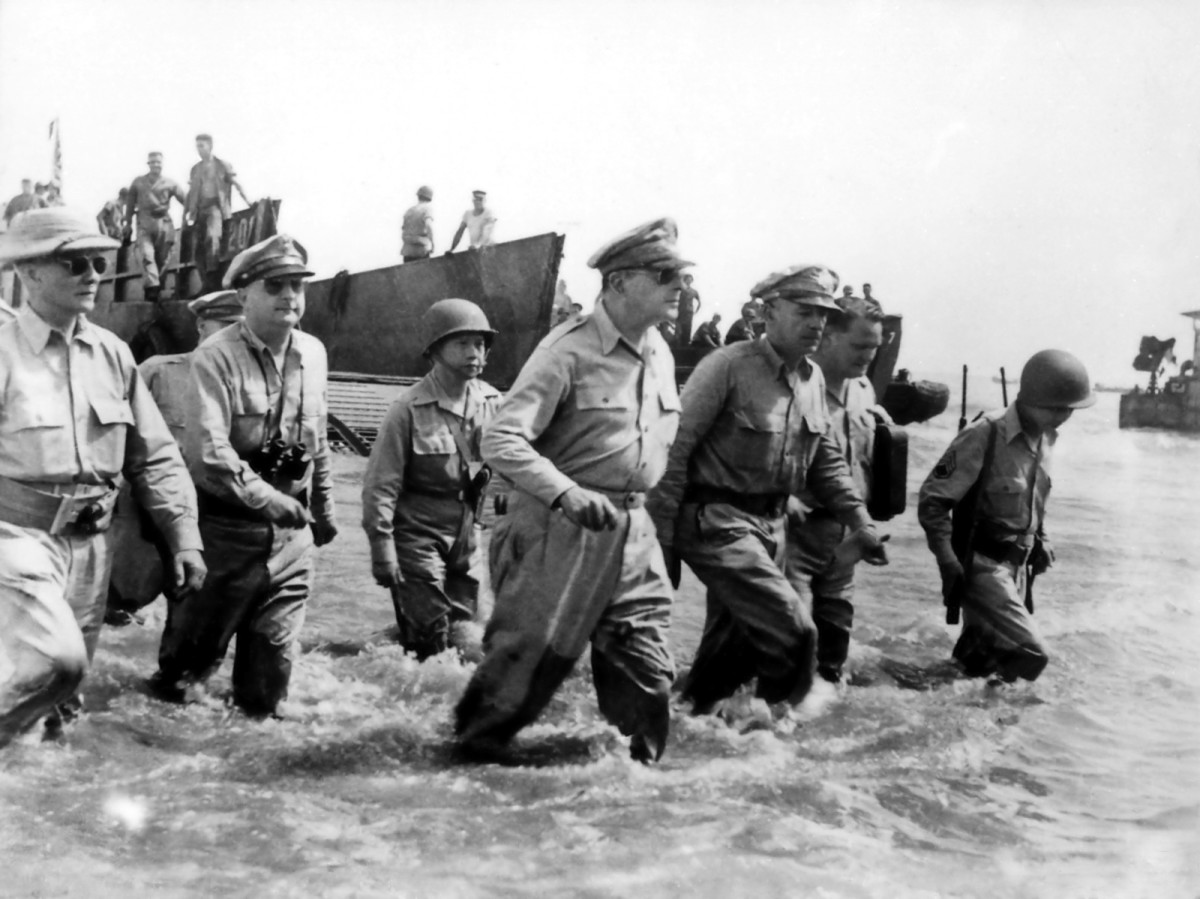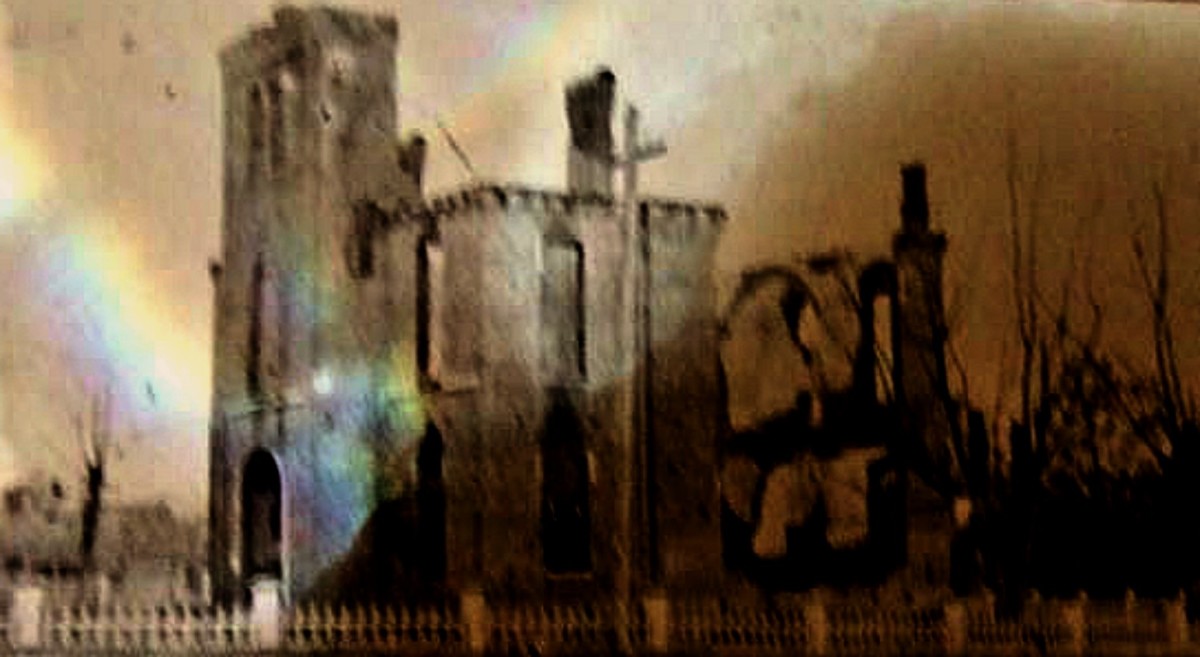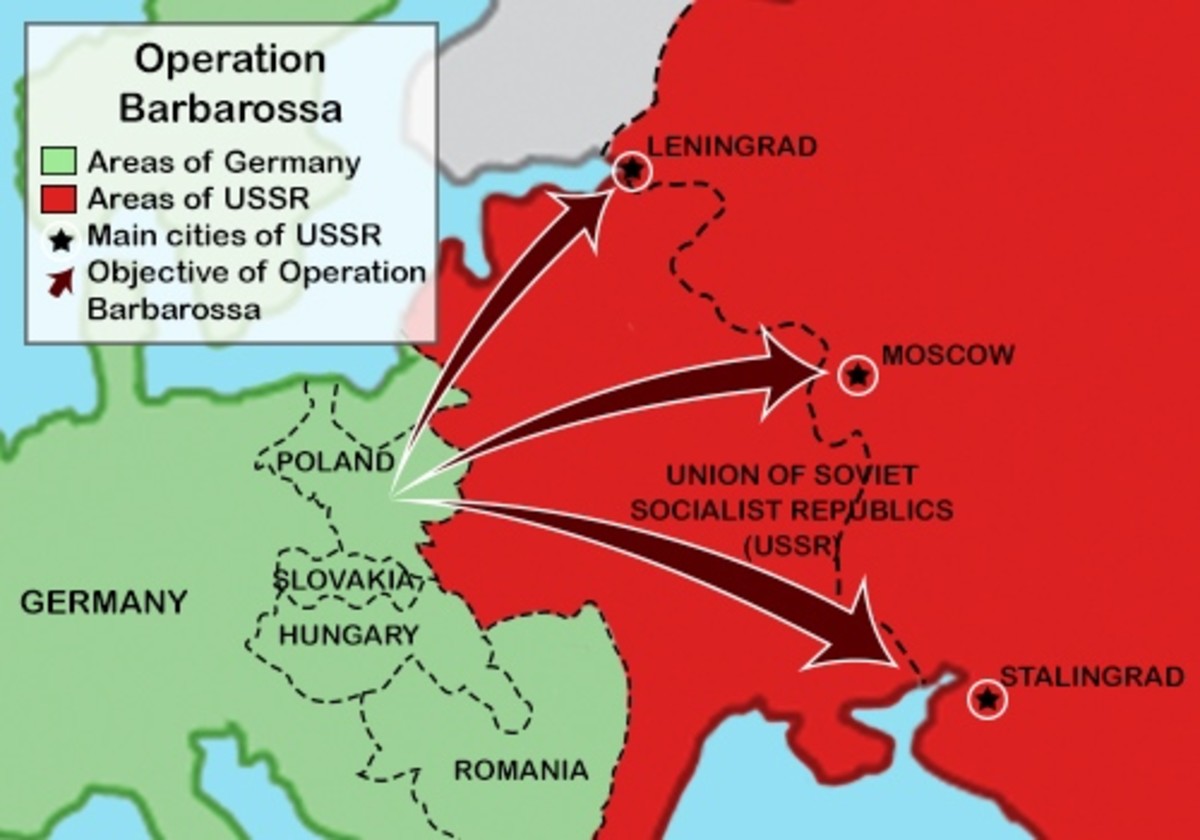The Mexican-American War: The Good, Bad, and Ugly (part 2)
U.S. Grant

The Military Aspect of the Mex-Am War
The Mexican-American War: The Good, Bad, and Ugly (Part 2)
Interviewing Retired General and President Grant in July 1885 –
The Military Aspect of the Mexican-American War of 1846-1848
Interviewer: President Grant, thank you for doing this interview. I know you’re dealing with illness these days. It means a lot to us to find out how the war in Mexico was fought. We think that you’re the perfect person to interview.
Grant: Thank you. I have throat cancer, and God will take me in a month or two. I am about to finish my memoir. Mark Twain is helping me publish it. In my memoir, I dedicated one whole chapter to the Mexican-American War. I was there and saw lots of things; good, bad, and ugly.
Interviewer: That’s great. You can tell us EVERYTHING. Let’s start with the initial stage of the war. Please tell us about how the first battle began.
Grant: President Polk knew that he couldn’t just send the American troops to Mexico to conquer for the sake of taking the northern half of their land. That would be a naked aggression, and it would be wrong. So he sent Gen. Taylor and his men to the banks of Rio Grande where we insisted that our border was. The Mexicans felt ‘invaded’ because to them the border was the Nueces River. The American soldiers were inside their perceived border. Much to President Polk’s delight, the Mexican army attacked our soldiers, and that gave Mr. Polk an excuse to ask the congress for the declaration of war against Mexico. The famous line from his speech to the congress was: The American blood was shed on American soil. Objectively speaking, though, that was a bogus line. The border was never officially agreed upon.
Interviewer: How did the battles go for the Americans?
Grant: Mr. Polk thought that the war would last less than 100 days. He figured that the Americans were superior to the Mexicans in military technology, supplies, and fighting capability. He was right. Our heavy artillery was much better than that of the Mexican Army. Overall, our soldiers were better equipped and better trained. Gen. Taylor’s Army took Monterrey in Northern Mexico, a key Mexican city in less than five months. But, we were fighting in foreign soil. Logistics was very challenging. Disease among the soldiers was rampant. I saw many of my comrades dying of yellow fever. For every one American soldier killed in the battle, six soldiers died of a disease. I was scared of those diseases far more than the enemy fire, to be honest with you.
Interviewer: Coming out of the U.S. Military Academy at West Point, it was your first real battle in Mexico. Were you scared?
Grant: The adrenalin rush was such that I did not experience the emotion of being afraid. I was there to lead my troops. I was paying attention to many facets of the war. I realized that the supplies and logistics were very important in the battle field. I was fortunate to work with two great generals, Gen. Taylor in Monterrey and Gen. Scott in Vera Cruz. They were both cool under fire. Military leaders can’t lose cool in front of their subordinates when the situation becomes dicey.
Interviewer: What was the good part of the Mexican War for you at a personal level?
Grant: I was 24 years old, three years removed from my graduation. In Mexico, I could put my knowledge of the war into real actions. In other words, what I learned at West Point came really handy. I also worked closely with my future Civil War colleagues and rivals in this war. We were all young back then. It was an eye opening experience for everyone involved. Most people do not get to travel to exotic locations.
Interviewer: Tell us about two famous generals of this war. You said they were cool under fire. Anything else?
Grant: Gen. Taylor was extremely down to earth. He made a point to get to know young officers like me. His presence among men in uniform was remarkable, even though he didn’t know how to dress properly. I liked his easy going manner. It gave all of us a feeling that things were going fine. At the time, it wasn’t always going well, but soldiers didn’t need to know that. So, he didn’t let us know about it. Gen. Scott is a military genius. He planed the amphibious landing at Vera Cruz and executed the attack brilliantly. He moved his troops to the Capital City and conquered the City within six months. I was impressed with his brilliant military mind.
Interviewer: What were the ugly things that you saw in this war?
Grant: Right from the start, I felt that the motive to wage a war against Mexico was immoral. We simply went after their land. The Mexicans were having an internal problem, and their war efforts were not well coordinated. The ugliest thing by far was the behavior of our volunteer soldiers. There were so many young boys from America who weren’t properly trained in the art of warfare. They looted and attacked the Mexican civilians. The discipline was a real problem. When things were rough, they also deserted in droves. I realized that the professional soldiers were the best to fight the war. After watching how those volunteer soldiers acted, I was convinced that the war would be best left to the professional soldiers.
Interview: What was the bad thing about the Mexican-American war?
Grant: Look. America took nearly half of Mexican territory. America became the nation of sea to shining sea. Manifest Destiny was realized. But, with all these newly acquired territory, everyone in congress was asking: will the new land be free or slave? The Mexican-American War ended in 1848 with the Treaty of Guadalupe-Hidalgo. But by 1861, the Union dissolved. The most horrible war of all time, the American Civil War, took place. Just as Ralph Waldo Emerson predicted, “Mexico will poison us,” Americas began fighting amongst themselves. Here’s what I wrote in my Memoir:
“The Civil War (Southern Rebellion) was largely the outgrowth of the Mexican War. Nations like individuals are punished for their transgressions. We got our punishment in the most sanguinary and expensive war of modern times.” (from: www.sewanee.edu/faculty/Willis/Civil_War/documents/Grant.html
Interviewer: Thank you, Mr. President for sharing your thoughts and experience on the Mexican War. This means so much to us. I hope you’ll feel better soon. I personally look forward to reading your memoir soon.
(Note: Mr. U.S. Grant passed away shortly after the interview. He was finishing the Memoir furiously before his death so that his family would have money for their future. The Memoir was a book sensation when it was first sold. One of the best sellers of the 19th century. To this day, historians rave Grant’s Memoir.)

